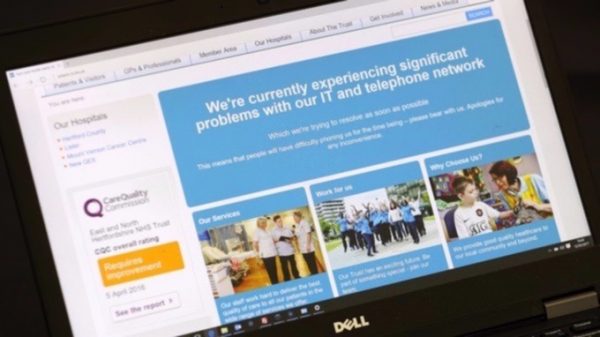As the world becomes increasingly reliant on technology, the threat and risks of cyber attacks loom large, especially the ones targeted against civilians. WannaCry Ransomware attack that hit many nations this year attack is a case in point. It infected over 300,000 computers in 150 countries.

North Korea planned devastating WannaCry cyber attack
Interestingly, cybersecurity researchers have found technical evidence that links North Korea with the global WannaCry “ransomware” cyber attack. They also believe that the nation has created a virtual “malware factory” that could wreak a lot more havoc in the future.
The President of Microsoft, Brad Smith said,
“I think at this point that all observers in the know have concluded that WannaCry was caused by North Korea using cyber tools or weapons that were stolen from the National Security Agency in the United States”.
I think over last six months we’ve seen threats come to life, unfortunately, in new and more serious way. The problem has become bigger, he further added.
In the earlier past too, North Korea was linked with the WannaCry cyber-attack but this is the first time that an executive at Microsoft has blamed the rogue nation publicly. Leading security firms like Symantec (SYMC.O) and Kaspersky Lab had earlier reported that Lazarus Group (a North Korea-run hacking operation) was responsible for the attack.
Shortly after the WannaCry attack, Microsoft had faced severe criticism from all quarters. It was found that many of the NHS hospitals affected by the malware virus were using Microsoft Windows XP – an older version of Windows – which Microsoft had decided to stop supporting.
Microsoft claims to take cybersecurity extremely seriously but argues it is a shared responsibility and there is a limit to what the company alone can achieve. As such greater priority needs to be given to upgrading IT systems by the companies.
Leave a Reply